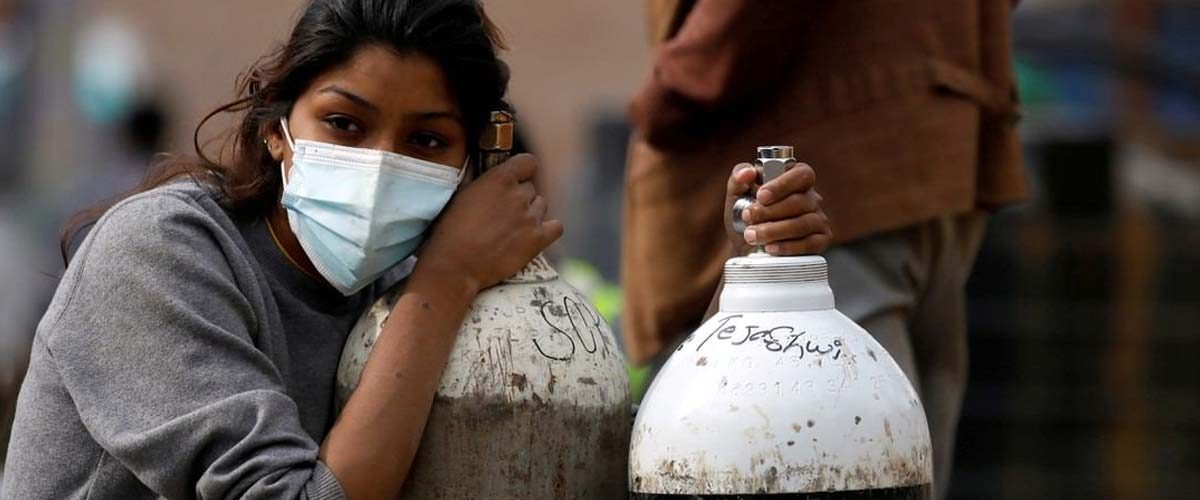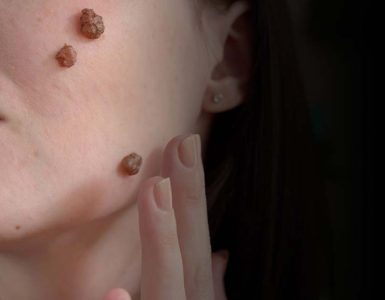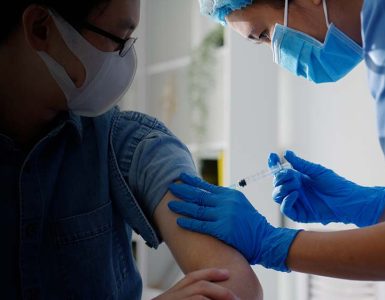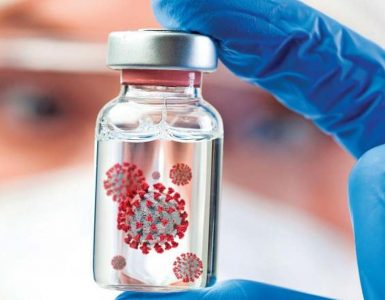On Saturday, 8th May, Dr. Akshay Nair in Mumbai operated on a 25-year-old COVID-19 recovered female patient for removing her eye to save her life. She was infected with mucormycosis. That’s how the disease works. In the deadly 2nd wave of COVID-19, the doctors are reporting cases of rare infection, mucormycosis also referred to as ‘black fungus’, which is found to be in the recovering patients of COVID-19.
This infection is as explained by CDC (Centers for Disease Control and Prevention) is a serious yet rare type of fungal infection, caused by a group of molds (mucormycetes), by the exposure of Mucormolds mostly found in plants, soil, manure, and decaying food scrapes. Though abundant in soil and air, it can be found in the nose of healthy people. Once allowed to flourish, it can affect the brain, lungs, and even sinuses of the immunocompromised (patients of cancer or AIDS) or diabetic people. It is estimated to have a 50% mortality rate.

This disease is believed to make its way into the recovered COVID-19 patients because of the low immunity due to intense use of steroids (live-saving treatment) in critically ill COVID-19 patients. The drop in the immunity allowed the mucormycosisto get intense. It can enter the host via wounds, open cuts, and abrasions on the skin, and once inside the body, it spreads in sinuses and lungs, from where it enters the bloodstream to target the organs like the eye, brain, heart, and spleen.
With a high mortality rate of 50%, the state of Maharashtra, Mumbai alone has reported 200 cases of mucormycosis in post-recovery COVID-19 patients. Out of which 8 have died of black fungus. Up till today, amphotericin B (an antifungal drug) has been used to treat such patients. Therefore, the government has ordered five thousand more doses of this antifungal medicine.
The escalation in the cases is deemed to be linked with the use of steroid in hospitalized COVID-19 patients on immunity suppressant drugs, and those having diabetes, that further adds to the risk of infection, even without the presence of steroid in their treatment regimen.
Diabetes lowers the body’s immune defense and to add fuel to the fire, steroids act to exacerbate the fall in the defense system, allowing for the fungus to infect organs. As reported by Dr. Nair in his interview with BBC News.
He further told that Sion Hospital in Mumbai has reported 24 cases of mucormycosis in 2 months, out of which 11 patients had to lose an eye and 6 died. The majority of the patients were middle-aged diabetics and were infected with fungus for approximately 2 weeks. She referred to this rise in the black-fungus cases as, “nightmare inside a pandemic”.
The common symptoms reported by the patients of mucormycosis include; stuffy nose, nasal bleed, swollen and painful eyes, drooping of eyelids, blurred vision or vision loss, or sometimes a black patch of skin around the nose. One of the reasons for the removal of the eye in the patients is because they arrive late and already have lost vision. Some patients even got their jaw bone removed to stop the spread of the disease.
Keywords:
mucormycosis, COVID-19, black fungus, Mumbai, immunocompromised patients, post-COVID-19, Pandemic, eye removal
















Add comment